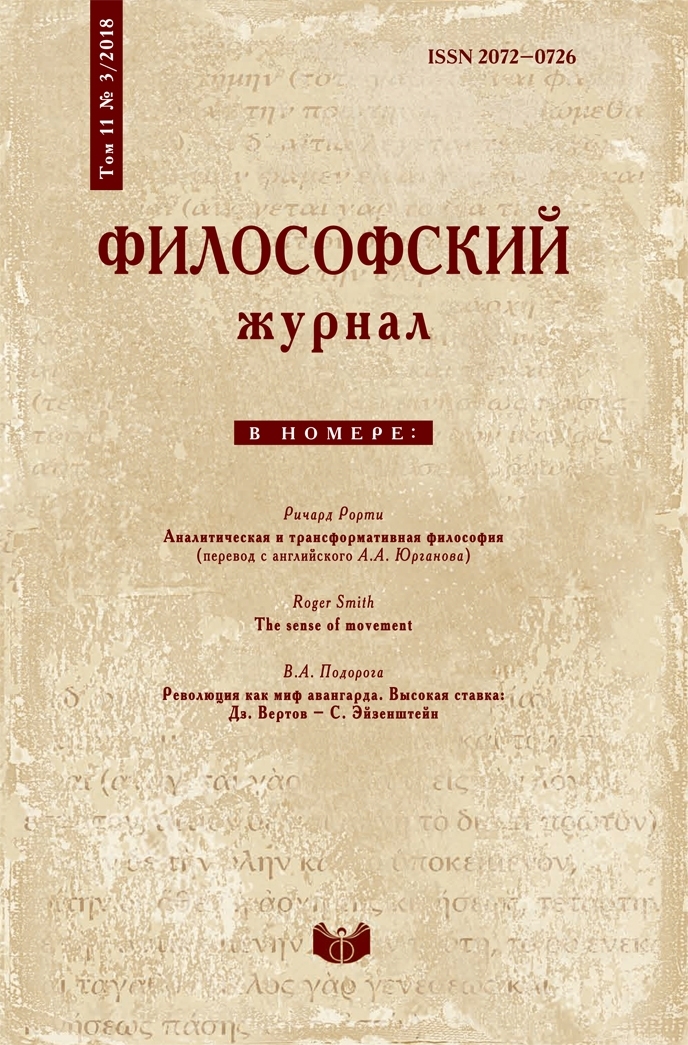Classification lists (mātikā / mātṛkā) in early Buddhism
DOI:
https://doi.org/10.21146/2072-0726-2018-11-3-56-70Keywords:
early Buddhism, classifications list, mātṛkā, mātikā, the Pāli canonAbstract
The aim of the present article is to analyze the role, significance and specific usage of the mātikā principle in early Buddhism. А mātikā / mātṛkā is a traditional classification list, or a list of doctrinal terms; such lists played an important role in the construction of Buddhist texts and early Buddhist teaching. Upon a close reading of Vinaya Piṭaka, Sutta Piṭaka and Abhidhamma Piṭaka, the author identifies the patterns of the genesis of the principal mātikās within the Pāli canon and traces some of the more subtle changes in the attitude toward the mātikās in early Buddhist religious and philosophical traditions. The article is divided into five parts dealing, respectively, with 1) the principal meanings of the term mātikā, 2) the role and significance of mātikās in early Buddhist tradition, 3) the methods of composing mātikās in early Buddhism, 4) the analysis of the principal Buddhist mātikās, 5) the place mātikās occupy within the Pāli abhidhamma. The overview of the traditional approaches to composing and laying down classification lists in early Buddhism, undertaken here by the author, prepares the ground for further study of the mātikās belonging to various genres. It can be shown that mātikās are a dominant feature of early Buddhist doctrinal texts, largely responsible for the mechanism of their transmission.






